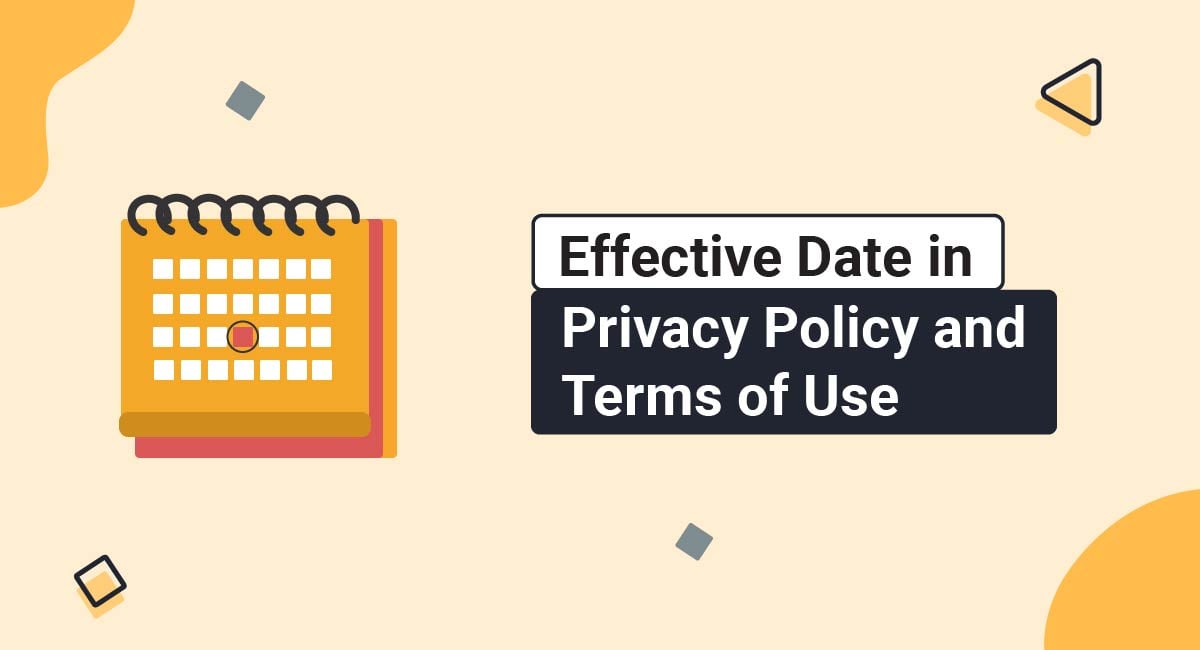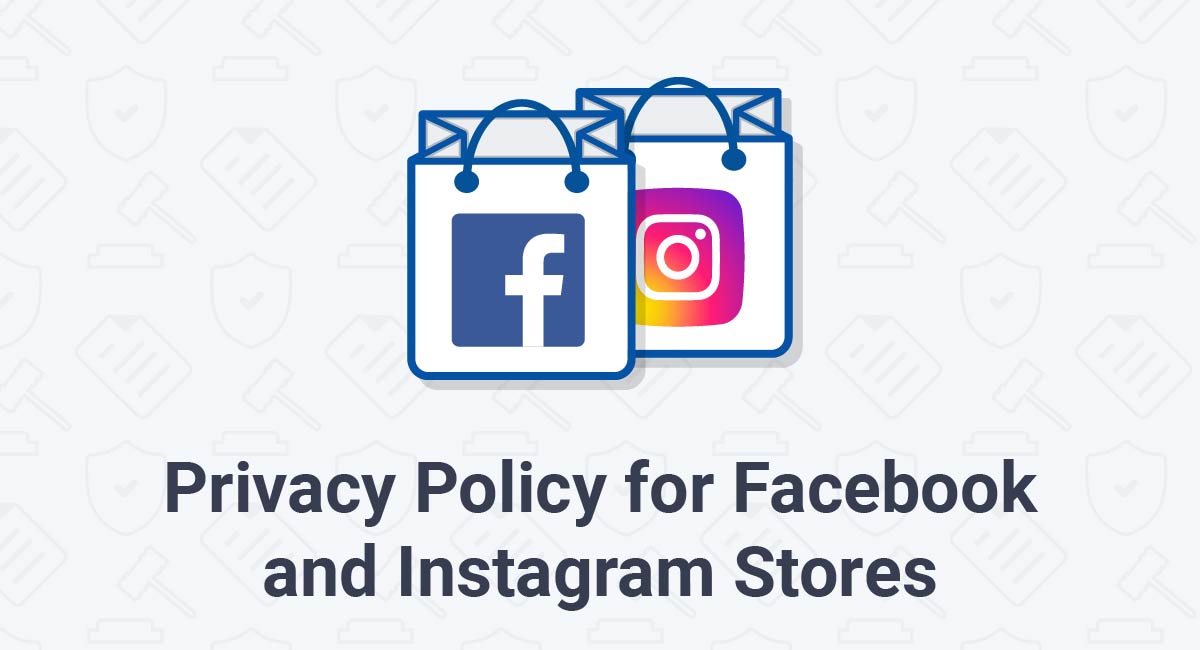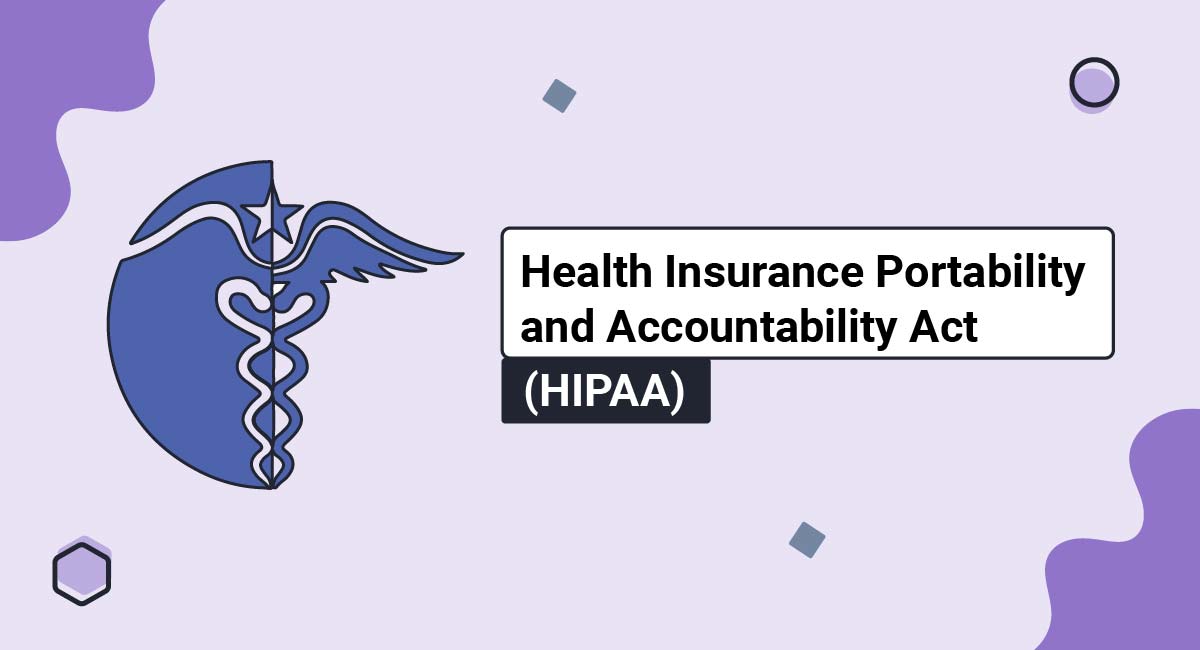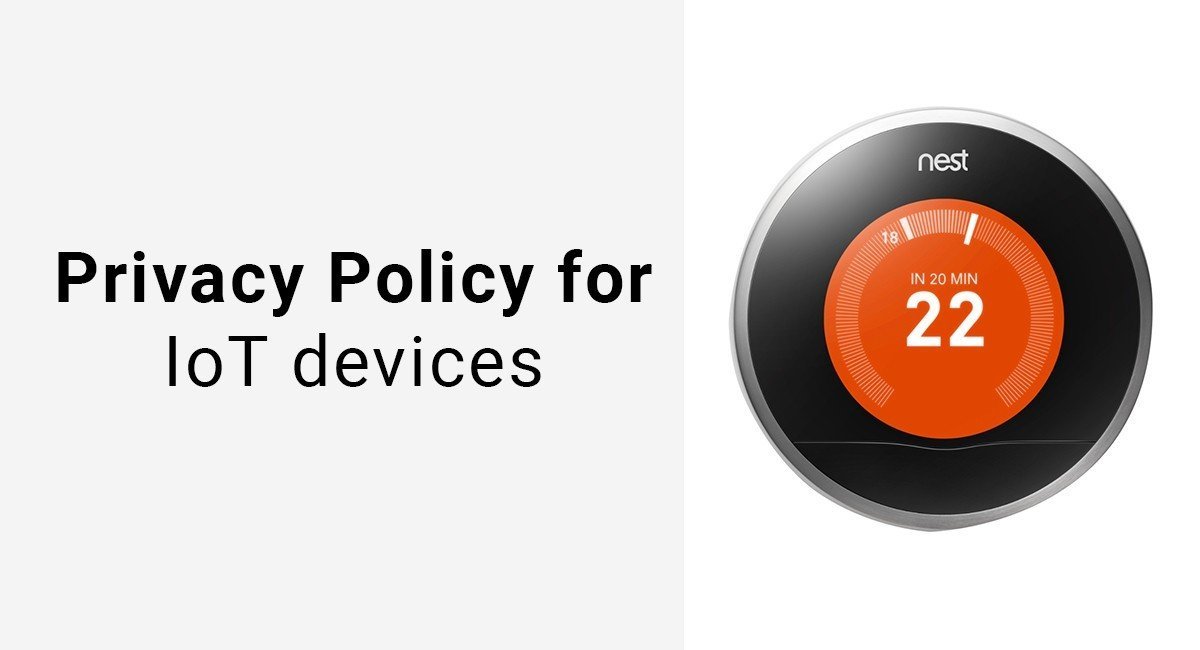If you subscribe to apps, it's not uncommon to receive emails regarding updated Privacy Policies or Terms & Conditions (T&C).
Most agreements contain a date of when the revised terms became effective or finalized. Often generally referred to as the effective date, this is traditionally the date contract terms become enforceable.
While the effective date has significance in traditional contract law, its function in the digital age is more informative than legal.
Here's an explanation of the effective date and what it means for the legal agreements of your website or mobile app, regardless of what those agreements are:
- Privacy Policy
- Terms and Conditions (also known as Terms of Use or Terms of Service)
- EULA
- Cookies Policy
TermsFeed is the world's leading generator of legal agreements for websites and apps. With TermsFeed, you can generate:
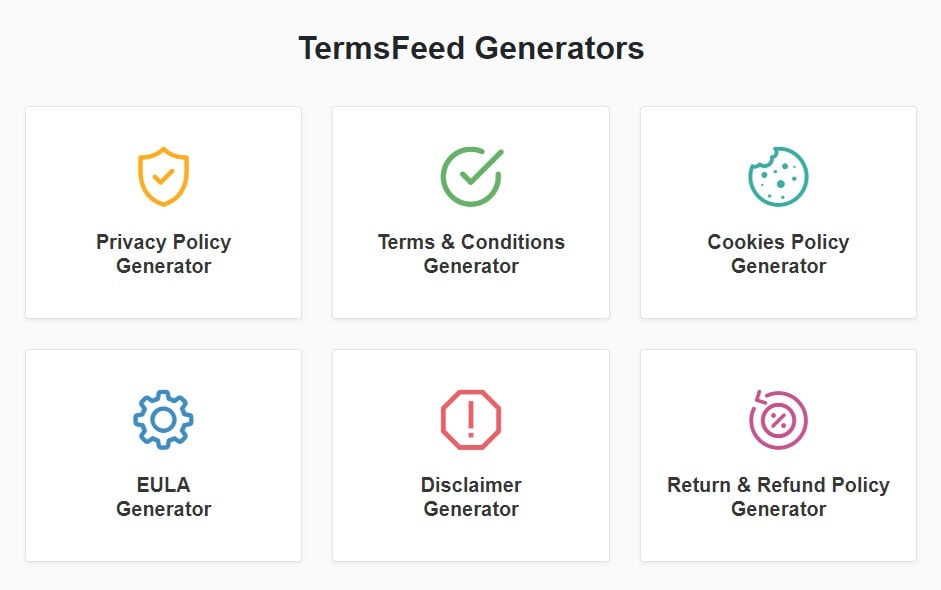
What is an Effective Date in Contracts?
Generally, the effective date indicates that beginning to the mutual obligations.
Traditional contacts are unique from digital agreements in that they are normally very specific to the parties.
For example, if you hire a contractor to build an addition to your home, you likely have a contract that describes the work to be finished and how much you would pay for it. The contractor may have the authority to delegate work to other specialists (like electricians or plumbers), but the two of you are the only parties to that contract.
In these types of transactions, it's critical that the parties when their obligations begin.
In the example above, the contractor would have no obligation to start building your addition until both of you agreed to the terms of the contract. You would also likely have a date in the contract when work should start and finish.
Additionally, there would ideally be payment terms too, such as a deposit before work begins and when the balance of full payment is due.
Many times the agreement is dated and there's a clause that makes it effective on the date it is signed.
If there are two or more signatures required, the contract becomes enforceable on the day the last party signs it. After all, there's no obligation until everyone involved in the contract affixes their signature.
The effective date is present in most types of contracts.
In the typical real estate sales form, there are different dates for an offer to purchase and the acceptance of the seller. Since there's no sale unless the offer is accepted, that contract would be considered effective on the date of acceptance.
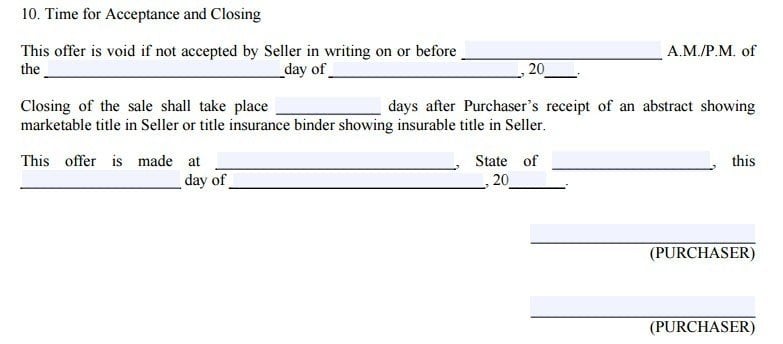
What is an Effective Date in a Privacy Policy/Terms Agreement?
That is why the effective date for Terms and Conditions and Privacy Policy agreement is not when the user agrees to it but when the terms were last updated.
For these agreements, these dates are not indicated by "effective date" but "last revision" or "last updated."
Websites or mobile apps are not as straightforward as sales or vendor contracts.
Unless your company makes an agreement with a very specialized end user, your Terms and Conditions (or Terms of Use) and Privacy Policy will apply to all of them.
Each user will have to accept the terms when they download the app or register for your website but the terms they read will not be different from the ones read by a user one hour or even one minute previously.
However, since your customers will download and use apps at different times, you could technically have a different effective date for each one of them.
That is why the concept of an effective date is handled differently for digital transactions.
How to Display the Effective Date Within Privacy Policies and Terms and Conditions
You will typically find the effective date located at the very top or beginning of these agreements.
Amazon notes its date of last update and provides a link to the prior version of the agreement so users can quickly and easily view the changes/updates:

RescueTime is an app that tracks your web use. An app like this often uses private information so it also makes its effective date for the Privacy Policy obvious.
The date of the most recent version is listed at the top of the agreement:
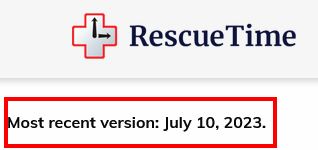
Here's a way that you can let users know the effective date, as well as get a printable version and access previous versions:

Apple keeps it clear and simple by noting the date at the top of its Privacy Policy and makes it very conspicuous.

Netflix puts its effective date at the bottom of the agreement. Unless users scroll all the way through, it will not be obvious to them:

How you present the effective date for your app could depend on several factors.
Netflix and Apple, for example, tend to be pretty good about sending emails when they update their agreements. It's likely that is why they do not feel like they need links to changes, like Amazon does and to some extent, RescueTime.
If your app handles a lot of private information, you likely want to make the effective date as conspicuous as possible. Also, since your users may not always read the update emails you send them, adding a link like Amazon prefers to do is likely a good precaution.
Why Should You Have an Effective Date?
As stated previously, effective date is not nearly as crucial with digital transactions and apps as it is with traditional sales, service or vendor contracts. In the latter group, a lack of an effective date leaves it vague as to when obligations begin.
When a user downloads your app, there's an immediate record of when they accepted the agreements associated with the download.
Dates also show that the agreements are current with the law.
If there were recent changes in privacy requirements, for example, a Privacy Policy that remains with a date from 2011 will show that it was not updated recently. This could cause problems if litigation arises, so if you change agreements to reflect changes in the laws, be sure to date them.
Even then, you have companies who do not put effective dates in their agreements.
Despite its thoroughness with its Privacy Policy, RescueTime does not offer the same in its Terms of Service:

RescueTime merely states that it can change the Terms of Service at any time and post the amendments on its website. Since it has not updated the document in a while, there's no indication how it announces these changes. It's likely they occur through a website link or email.
An "effective date" isn't required by law for a Terms and Conditions since this agreement isn't required by law, but a Privacy Policy is required by law.
In the U.S., the California's Business Code section 22575-22579 requires an effective date for the Privacy Policy agreement because this agreement is required by the Business Code act:

Keeping users in the loop and coming off as straightforward doesn't hurt. Dating your legal agreements helps with that transparency.
Whether you wish to be detailed like Amazon.com or remain general like Netflix depends on the type of user information you collect. The more sensitive and private it is, the more conspicuous you likely wish to be with the effective date and the changes done to the agreements.
Summary
You should always include an effective date within your legal agreements, such as a Privacy Policy or Terms and Conditions agreement. This date is usually located at the top of the agreement, but sometimes it's placed at the end.
The date lets users know the date your agreement became effective, which can be the date it was written, or the date it was last updated or revised.
Some businesses add a link to prior versions for users to access to make it easier for them to see what changes came with the update, but this isn't necessary.
Without adding an effective date, your Privacy Policy or Terms agreement may seem incomplete, outdated and lacking in transparency.

Comprehensive compliance starts with a Privacy Policy.
Comply with the law with our agreements, policies, and consent banners. Everything is included.
